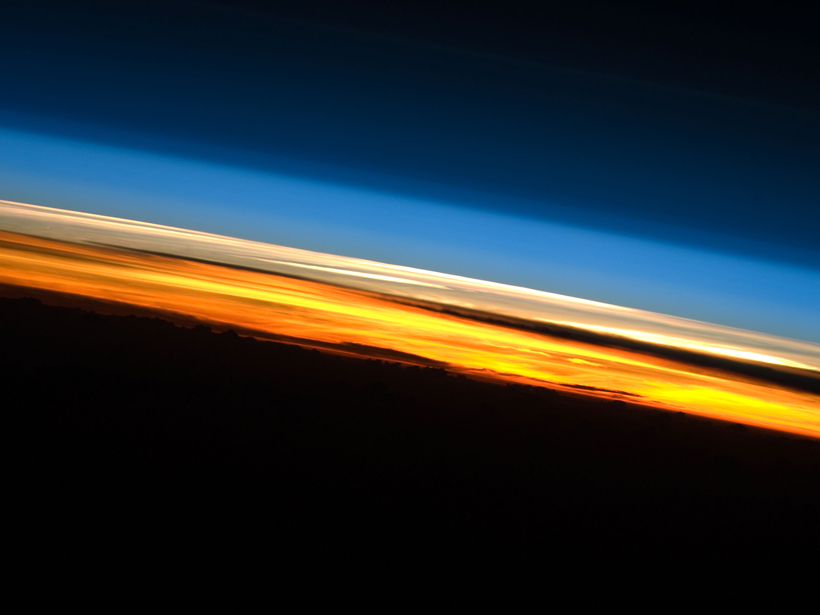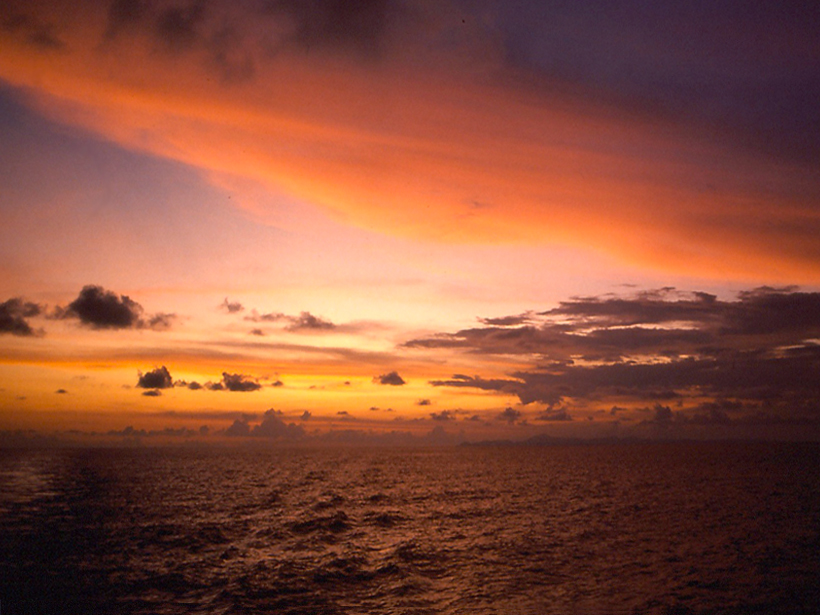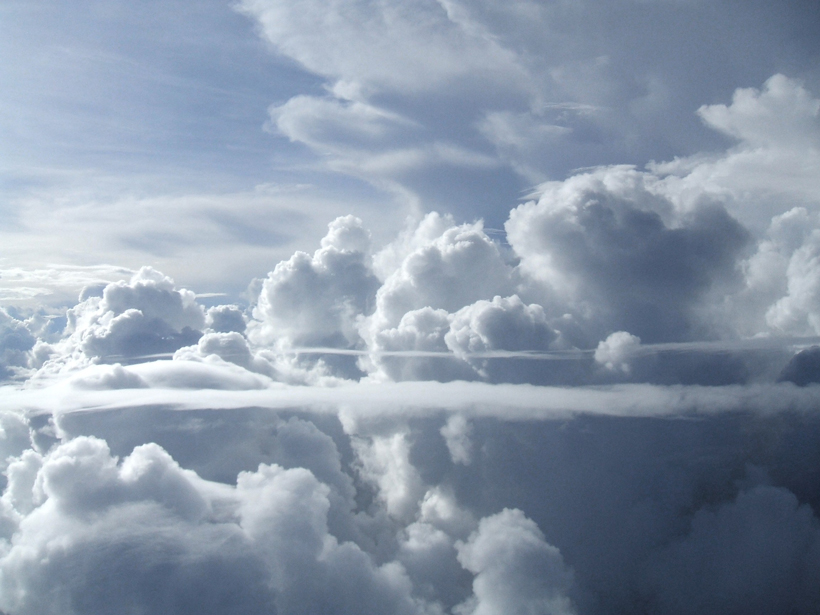New research finds that Earth had sufficient oxygen 1.4 billion years ago for animals to evolve. Therefore, low oxygen levels probably didn't hold back evolution, as scientists have long thought.
everything atmospheric
Peter J. Webster Receives 2015 International Award
Peter J. Webster received the 2015 International Award at the American Geophysical Union Fall Meeting Honors Ceremony, held on 16 December 2015 in San Francisco, Calif. The award honors "an individual scientist, group, or a small team for making an outstanding contribution to furthering the Earth and space sciences and using science for the benefit of society in developing nations."
Anne M. Thompson Receives 2015 Roger Revelle Medal
Anne M. Thompson was awarded the 2015 Roger Revelle Medal at the American Geophysical Union Fall Meeting Honors Ceremony, held on 16 December 2015 in San Francisco, Calif. The medal is for "outstanding contributions in atmospheric sciences, atmosphere-ocean coupling, atmosphere-land coupling, biogeochemical cycles, climate, or related aspects of the Earth system."
Wilfried Brutsaert Receives 2015 William Bowie Medal
Wilfried Brutsaert was awarded the 2015 William Bowie Medal at the American Geophysical Union Fall Meeting Honors Ceremony, held on 16 December 2015 in San Francisco, Calif. The medal is for "outstanding contributions to fundamental geophysics and for unselfish cooperation in research."
Greenhouse Gas Patterns Offer Promise, Puzzlement
Emissions growth of carbon dioxide has suddenly slowed, but atmospheric methane concentrations continue to soar after a long hiatus. Both trends have a bearing on climate pacts sought this week.
Model of Solar Cycle's Impact on Climate Gets Upgrade
A new model of how the Sun's 11-year cycle affects climate leads to slight changes in model results on atmospheric chemistry, but temperature and wind results are consistent with the previous model.
Cloud Overlap Observations Put Simulations to the Test
Fine-scale simulations of cumulus cloud layers could help improve weather and climate models.
Aerosols May Play a Big Part in Atmospheric Absorption
A new study shows that aerosols have a strong impact on the reflectivity of the Earth's atmosphere, absorbing more solar radiation within the atmospheric layers than previously thought.
Convection Cycles, Atmosphere, and Ocean Work Symbiotically
Scientists review studies of the tropical Madden-Julian Oscillation to better frame its role in air-sea interactions.
New Insights into the Complicated World of Tropical Convection
New study identifies key variables that move solar heat from the ocean to the troposphere in the tropics.







